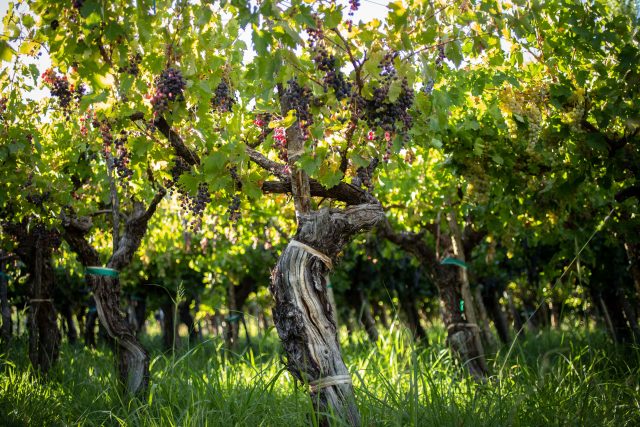Research in Argentina and Chile reveals greater Criolla diversity ‘than ever expected’
By Amanda BarnesIn the largest summit for Criolla grape varieties held to date, research bodies from Argentina and Chile have revealed the discovery and identification of over 100 different Criolla varieties.

The Criolla varieties refer to an extensive network of native varieties born in South America, stemming from crosses from the first Vitis vinifera vines planted on the continent — Muscat and Listán Prieto.
Held in Mendoza at the National Institute of Agricultural Technology (INTA) on 16th November, Argentine researcher Jorge Prieto revealed that they have discovered the family tree of Criolla varieties is far greater “than we ever expected”. Presenting the new, extended family tree, Prieto summarised: “We have spent several years visiting the different wine regions of Mendoza, San Juan, Catamarca and Salta now trying to identify these grape varieties. We have now identified 60 different Criolla varieties, 36 of which are new discoveries.”
INTA has isolated 10 of those ‘new’ varieties which show the greatest winemaking qualities and fellow researcher Gustavo Aliquo presented several vintages of experimental wines to an audience of over 120 winemakers and producers. The tasting including Balsamina Patagonica (a cross between Malbec and Torrontés Mendocino), Pascua (a cross between Listán Prieto and Muscat Blanc à Petits Grains) and Apicia (a cross between Criolla variety Canela and Muscat Blanc à Petits Grains).
Partner Content
Meanwhile in Chile, the Institute of Agricultural Investigation (INIA) has been focusing on identifying their different Criolla varieties with studies mainly in Maule and northern Chile. At the same technical seminar, Nilo Mejia of INIA La Platina revealed that they have identified 86 different Criolla varieties in Chile. Within these 86 varieties, 43 are NN — likely entirely new varieties.
“We are only just beginning to discover the diversity of varieties we have in Chile,” added Irina Diaz, from INIA Raihuen. “There is still much more work to do, we have a huge diversity of Criolla varieties in South America. We are making a common effort to work together [with researchers in Argentina, Peru and Bolivia] to identify these varieties. These varieties are part of our DNA, passed down from generation to generation.”
The recent results of these studies over the past few years however, are most likely just the tip of the iceberg. In a technical visit earlier this year to Northern Argentina, wine producer Agustin Lanus says that INTA collected 90 different samples of different grape varieties (yet to be analysed) which will undoubtedly continue to amplify the growing Criolla family tree. Watch this space!
Amanda Barnes is the drinks business´ regular South America correspondent and author of The South America Wine Guide.
Related news
MontGras gains B Corp certification
Why is volcanic wine getting people so hot under the collar?




